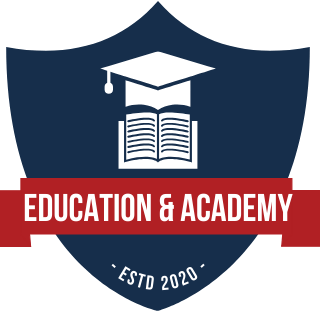Don't miss this interesting stuff!
Editor's Pick
Browse and read the latest stuff
Latest News
Are Colleges Ready for New Curriculum for Intermediate in Punjab?
August 1, 2025• Featured
For students in the 11th class and 12th class in Punjab, big changes have been announced regarding their curriculum. A new curriculum for...
Read More → Read More: Are Colleges Ready for New Curriculum for Intermediate in Punjab?
Why Choose Punjab Colleges for Intermediate Admissions 2025?
May 15, 2025• Higher Education and Universities
As a matric pass-out student, this is the best time to explore options for the Intermediate Admissions 2025. Many colleges all over...
Read More → Read More: Why Choose Punjab Colleges for Intermediate Admissions 2025?
Top 5 Ethical Considerations for AI in Education
February 11, 2025• The Future of Education • One Comment
Table of Contents Introduction Data Privacy and Security Bias and Fairness Transparency and Accountability Impact on Employment Student...
Read More → Read More: Top 5 Ethical Considerations for AI in Education
Top 5 Skills for Success in the Gig Economy Education
February 10, 2025• The Future of Education
Introduction The gig economy is reshaping how we think about work, offering flexibility and...
Read More → Read More: Top 5 Skills for Success in the Gig Economy Education
Economics
Recent Comments
Popular Posts
Categories
- Early Childhood Education 20
- Education in Developing Countries 4
- Education Policies and Reforms 20
- Featured 1
- Funding and Economics of Education 2
- Higher Education and Universities 21
- Homeschooling Trends and Techniques 20
- Inclusive and Special Education 20
- International Education and Exchange 20
- Lifelong Learning and Continuing Education 20
- Literacy and Global Education 16
- Online Learning Platforms 20
- Primary and Secondary Education 20
- Specialized Academies and Institutions 20
- STEM Education 20
- Student Life and Campus Culture 20
- Teacher Training and Professional Development 20
- The Evolution of Education Systems 21
- The Future of Education 9
- The Impact of Technology in Education 20
- Vocational Training and Skill Development 20
Visited 1 times, 1 visit(s) today

Empowering learners with knowledge and skills since 2020. Explore our expert-curated resources, tutorials, and guides to excel in your learning journey.
For inquiries, reach us at contact@educationandacademy.com.
Recent Comments
Categories
- Early Childhood Education 20
- Education in Developing Countries 4
- Education Policies and Reforms 20
- Featured 1
- Funding and Economics of Education 2
- Higher Education and Universities 21
- Homeschooling Trends and Techniques 20
- Inclusive and Special Education 20
- International Education and Exchange 20
- Lifelong Learning and Continuing Education 20
- Literacy and Global Education 16
- Online Learning Platforms 20
- Primary and Secondary Education 20
- Specialized Academies and Institutions 20
- STEM Education 20
- Student Life and Campus Culture 20
- Teacher Training and Professional Development 20
- The Evolution of Education Systems 21
- The Future of Education 9
- The Impact of Technology in Education 20
- Vocational Training and Skill Development 20


